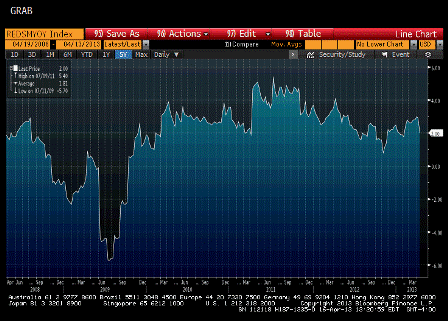The intellectual dishonesty continues.
As before, it’s the lie of omission.
R and R are familiar with my book ‘The 7 Deadly Innocent Frauds of Economic Policy’ and, when pressed, agree with the dynamics.
They know there is a more than material difference between floating and fixed exchange rate regimes that they continue to exclude from their analysis.
They know that one agents ‘deficit’ is another’s ‘surplus’ to the penny, a critical understanding they continue to exclude.
They know that ‘demand leakages’ mean some other agent must spend more than its income to sustain output and employment.
They know federal spending is via the Fed crediting a member bank reserve account, a process that is not operationally constrained by revenues. That is, there is no dollar solvency issue for the US government.
They know that ‘debt management’, operationally, is a matter of the Fed simply debiting and crediting securities accounts and reserve accounts, both at the Fed.
They know that if there is no problem of excess demand, there is no ‘deficit problem’ regardless of the magnitudes, short term or long term.
They know unemployment is the evidence deficit spending is too low and a tax cut and/or spending increase is in order, and that a fiscal adjustment will restore output and employment, regardless of the magnitude of deficits or debt.
Carmen’s husband Vince was the head of monetary affairs at the Fed for many years, serving both Alan Greenspan and Ben Bernanke. He knows implicitly how the accounts clear and how the accounting works, to the penny. He knows the currency itself is a case of monopoly. He knows the Fed, not ‘the market’ necessarily sets rates. He knows that, operationally, US Treasury securities function as interest rate support, and not to fund expenditures. He knows it all!
Carmen, Vince, please come home! I hereby offer my personal amnesty- come clean NOW and all is forgiven! As you well know, coming clean NOW will profoundly change the world. As you well know, coming clean NOW will profoundly alter the course of our civilization!
Carmen, Vince, either you believe in an informed electorate or you don’t!?
(feel free to distribute)
Debt, Growth and the Austerity Debate
By: Carmen Reinhart and Kenneth Rogoff

